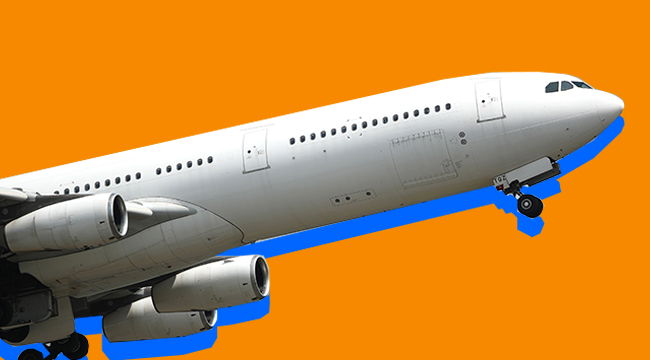
When Ethiopian flight 302 crashed en route to Nairobi on Sunday, there was immediate speculation that the cause of the wreck had to do with the communication between the plane’s on-board Maneuvering Characteristics Augmentation System (MCAS) and the Angle of Attack (AOA) sensors, located on the nose of the plane. This theory seems to have hit the public sphere thanks to industry watchdogs FlightRadar24 — which compared Ethiopian flight 302’s wildly fluctuating airspeed during ascent with that of the Lion Air flight that wrecked in Indonesia in October.
In simplest terms, early evidence indicated that a faulty AOA sensor on the Boeing 737 Max 8s would tell the MCAS system that the plane was ascending too quickly. In order to prevent a mid-air stall, the MCAS would then take over — forcing the plane’s nose down. But since the plane wasn’t ever climbing too quickly, the correction would prove highly dangerous. Pilots on both flights would have known this and tried to adjust, but unless they knew how to manually override MCAS by memory (both wrecks occurred shortly after takeoff), the pilots would have been locked in a war with the very equipment they were flying on. To make things even more difficult, there’s debate as to whether the pilots were ever told that MCAS existed at all.
Today, that widely circulated hypothesis seems to have been all but confirmed. As per the New York Times:
The evidence, a piece of the Boeing 737 Max 8 jet that crashed in Ethiopia last weekend killing 157 people, suggests that the plane’s stabilizers were tilted upward, according to two people with knowledge of the recovery operations. At that angle, the stabilizers would have forced down the nose of the jet, a similarity with the Lion Air crash in October.
This is all underscored by the fact that multiple pilots flying on 737 Max 8s complained of a similar problem with MCAS. This trend is also why nations all over the world, and eventually the United States, grounded the planes pending further investigation.
Boeing is currently racing to implement a software patch to fix malfunctions between the AOA sensors and MCAS. Previously, they issued a memo to pilots asking them to familiarize themselves with overriding MCAS in the case of a glitch. It’s yet to be seen if these sorts of fixes will satisfy the very wary public.
